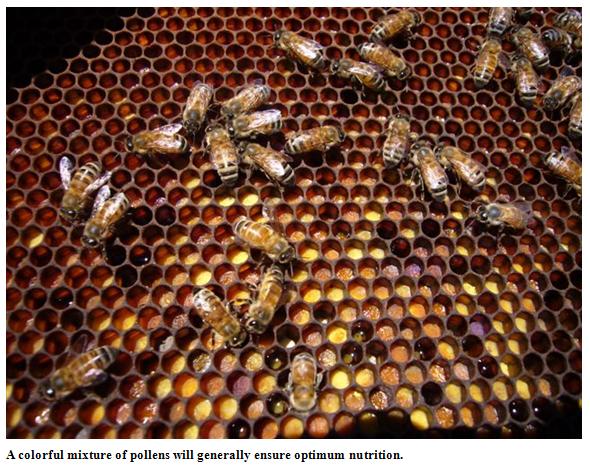
We also discuss what is not yet known and questions that invite further research.īut before we turn to what we know from cross-cultural research, let us first talk briefly about the term “hunter-gatherers”. Hunter-gatherers has become the commonly-used term for people who depend largely on food collection or foraging for wild resources. Foraged wild resources are obtained by a variety of methods including gathering plants, collecting shellfish or other small fauna, hunting, scavenging, and fishing. We generally restrict the discussion to statistically supported hypotheses based on samples of 10 or more cultures. Marlowe 2005).īecause cultures change through time, we cannot simply project ethnographic data from the present to the pastīelow we summarize the cross-cultural literature in the last half century on hunter-gatherers. By understanding what conditions predict variation and also using the paleoanthropological record to make educated guesses about past conditions in a particular place, anthropologists may have a better chance of inferring what hunter-gatherers of the past were like ( Hitchcock and Beisele 2000, 5 C.

How can we draw better inferences about the past? Cross-cultural researchers ask how and why hunter-gatherer societies vary. Moreover, recent hunter-gatherer cultures share some traits but are also quite different from one another. Both in the archaeological record and more recently, hunter-gatherers have not only interacted with food producers through trade and other exchanges, but many have also added cultivated crops to their economies that integrate well foraging wild resources ( Kramer and Greaves 2016, 16). Even a cursory look at the ethnographic record, however, reveals that many foraging cultures have changed substantially over time.

What can we infer about our distant ancestors by looking at a few well-known hunter-gatherer societies of recent times? To draw reliable inferences, we would need to believe that pockets of human society could exist unchanged over tens of thousands of years-that hunter-gatherers did not learn from experience, innovate, or adapt to changes in their natural and social environments. Pictured in Deception Valley, Botswana, in 2005. Two San hunter-gatherers starting a fire with the friction created by rubbing a stick. Many such societies continue to forage ( Kramer and Greaves 2016, 15). But while the numbers of recent hunter-gatherers may be relatively small, that does not mean that food production inevitably becomes the dominant economic strategy. Food production took over to such an extent that, in the past few hundred years, only an estimated 5 million people have subsisted by foraging. Indeed, not until about 10 thousand years ago did societies in Southwest Asia (the famous Fertile Crescent) begin to cultivate and domesticate plants and animals. After all, it is argued that for the vast stretch of human history, people lived by foraging for wild plants and animals. A major reason for this focus has been the widely held belief that knowledge of hunter-gatherer societies could open a window into understanding early human cultures.

I would recommend using either the oil or nut butter version if you’re only using all regular cocoa, because if you omit both the fat and the Dutch cocoa then the depth of flavor is a little flat.In the quest to explain human culture, anthropologists have paid a great deal of attention to recent hunter-gatherer, or forager, societies.
#Foragers yogurt free#
Alternatively, you can try baking the Keto Cake in a loaf pan, and be sure to report back for other readers if you experiment.ĭutch cocoa will give the loaf a brownie-like flavor, but if you can’t find it then feel free to substitute additional regular cocoa powder.

I haven’t tried the recipe with almond flour so would probably experiment with adding cocoa to my Almond Flour Banana Bread recipe before I’d experiment with this one, as fewer substitutions would be needed in order to make the loaf turn out properly. Or if you don’t want to use yogurt at all, the chocolate loaf also works well with an equal amount of canned pumpkin or sweet potato puree. To keep the recipe vegan, use your favorite plain nondairy yogurt, such as coconutmilk, almondmilk, or soy yogurt.


 0 kommentar(er)
0 kommentar(er)
